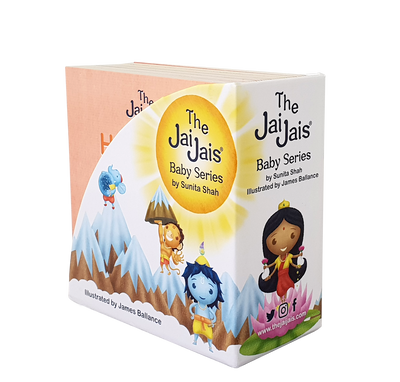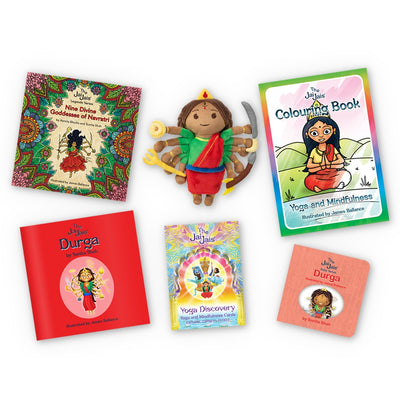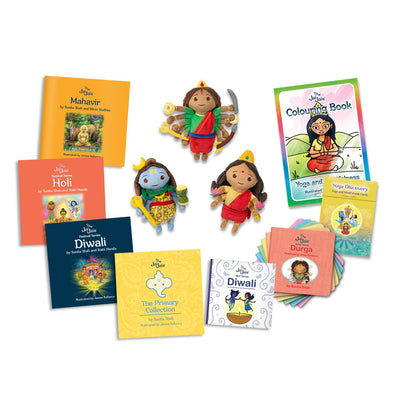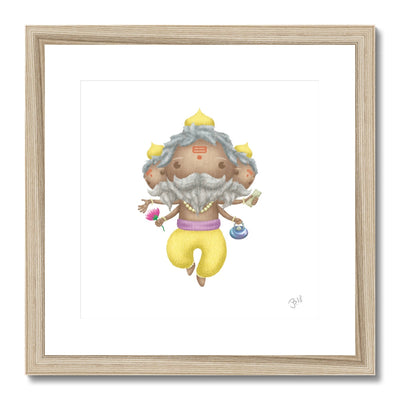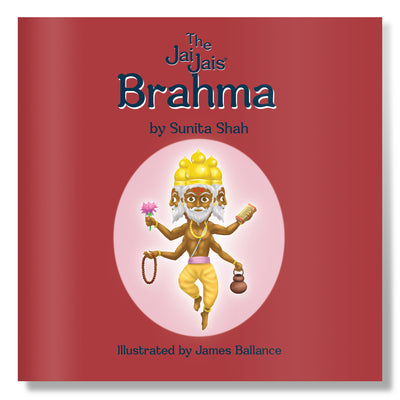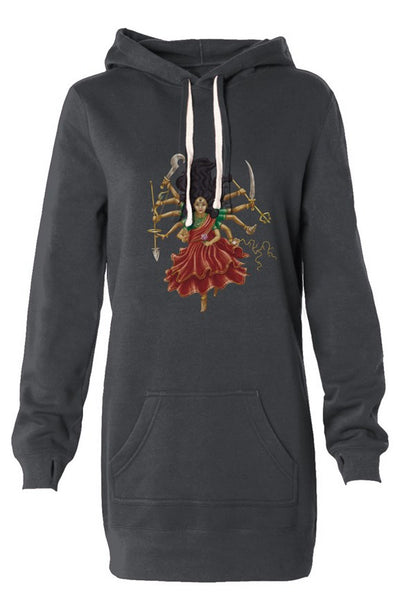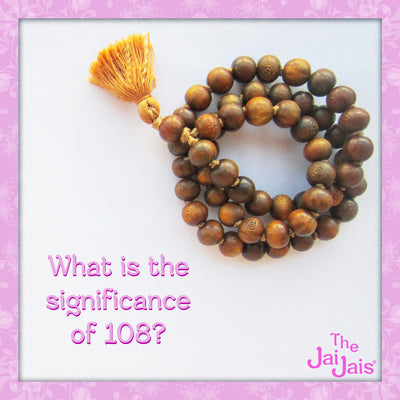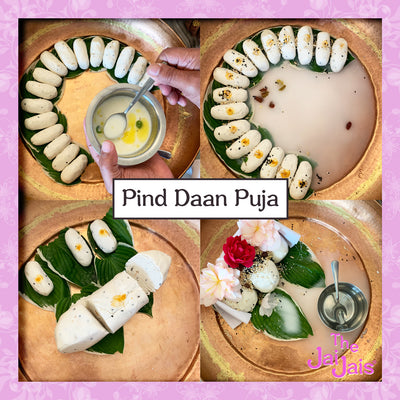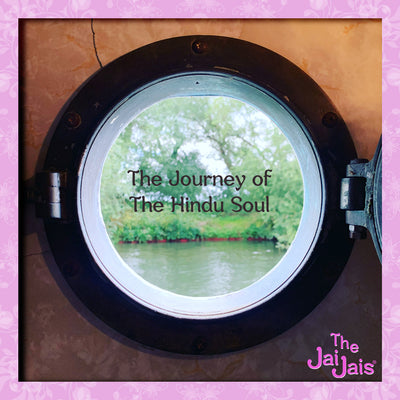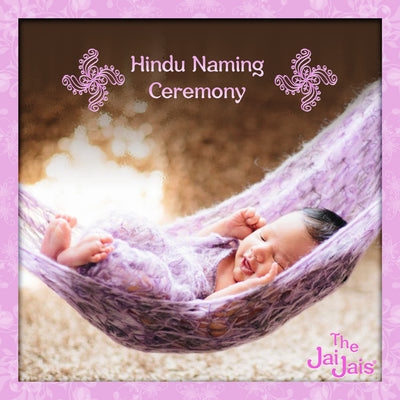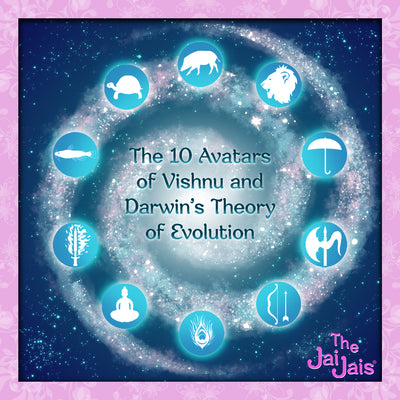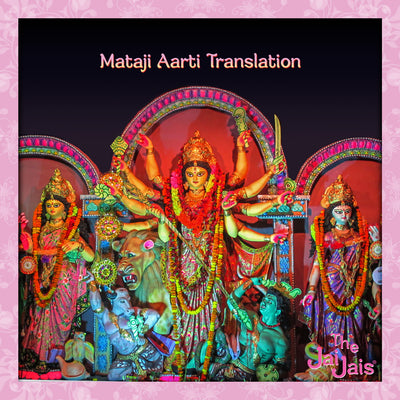Hanuman had great powers. One morning, he saw the sun rising and thought it was a beautiful fruit. He decided to get hold of it so that he could have it. Indra, the king of gods, saw Hanuman leap into the sky and wanted to stop him. He threw his weapon, the Vajra (thunderbolt) Hanuman fell to earth, wounded.
Hanuman’s enraged father Vayu the Wind God decided to go on a strike until the one who hurt his child was punished. There was no gentle cooling breeze when the sun blazed down. No power to move the rain-bearing clouds. The affect was that humans and animals couldn’t breathe. Vayu’s strike made life on earth very difficult.
The gods knew they had to pacify Vayu. So, they offered the baby Hanuman a multitude of boons. Brahma said that no weapon would ever hurt Hanuman and that he would be able to change his form at will and travel wherever he chose. Indra’s boon was that the Vajra would no longer hurt the child and that his body would be stronger than the weapon. Varuna, the god of the ocean, offered him protection from water. Agni, the god of fire, blessed him with immunity to fire. Surya, the sun god, gave him the power to change the size of his body. Yama blessed him with good health and immortality. Vishwakarma, the divine architect, offered a boon that Hanuman would be safe from all objects of his creation.
Hanuman Gada (Mace) is carried in the right hand. It is a symbol of self-sovereignty, the authority of governance and the power to rule. The Gada is the main weapon of the Hindu god Hanuman. When Hanuman Gada is held in the right hand upraised position, it means that there is disorder and a guiding power is required to bring the situation to regularity. Lord Kubera presented the powerful Gada to Hanuman.
Power and authority of this Gada is mentioned throughout The Ramayana, with all these boons, Hanuman became a great warrior who played a crucial role in the Ramayana told in the Jai Jais legends series.

